2025-12-28T11:00:00-07:00
* WHAT...Snow expected. Total snow accumulations between 4 and 12 inches, with the heavier amounts north of I-70. Winds gusting as high as 45 mph. * WHERE...Rocky Mountain National Park and the Medicine Bow Range, the Mountains of Summit County, the Mosquito Range, and the Indian Peaks. * WHEN...From 11 AM Saturday to 11 AM MST Sunday. Snow will spread southward across the Front Range Mountains and Summit County Saturday afternoon and evening, with the heaviest snow expected to fall Saturday night. * IMPACTS...Travel will be hazardous, and may be difficult at times.
Summary
Rising to an impressive height of 14,278 feet, it is the highest peak in the Front Range and the tenth highest in the entire state. Grays Peak is often paired with its nearby sister mountain, Torreys Peak, as they share a connecting ridge and are commonly climbed together.
During the winter season, Grays Peak experiences significant snowfall, transforming its rugged slopes into a winter wonderland. The snowpack range can vary greatly depending on the year, but typically it accumulates several feet deep. This makes the mountain a popular destination for winter sports enthusiasts, including backcountry skiing and snowshoeing.
Grays Peak contributes to the water supply of the region through its creeks and rivers that receive runoff from its melting snowpack. For instance, the Clear Creek, located on the eastern side of the mountain, benefits from this runoff, supporting the ecosystem and providing water resources downstream.
The name "Grays Peak" has an interesting history. It was named after Asa Gray, a renowned American botanist from the 19th century who made significant contributions to the field of plant taxonomy. The mountain's name pays tribute to his influential work in botany.
While there are no specific legends or lore associated with Grays Peak, its towering presence and natural beauty have undoubtedly captured the imagination of mountaineers and outdoor enthusiasts for generations. As with any outdoor adventure, it is essential to consult multiple independent sources to gather accurate and up-to-date information before embarking on a mountaineering expedition.
Weather Forecast
Regional Streamflow Levels
20
Cubic Feet Per Second
4
Cubic Feet Per Second
13
Cubic Feet Per Second
44
Cubic Feet Per Second
Area Campgrounds
| Location | Reservations | Toilets |
|---|---|---|
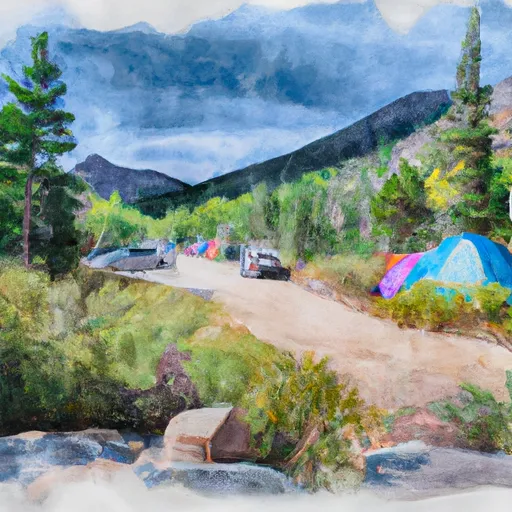 Guanella Pass Campground
Guanella Pass Campground
|
||
 Guanella Pass
Guanella Pass
|
||
 Clear Lake
Clear Lake
|
||
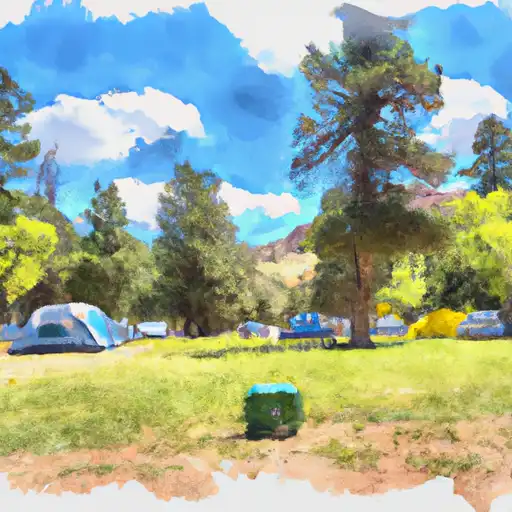 Geneva Park
Geneva Park
|
||
 Geneva Park Campground
Geneva Park Campground
|
||
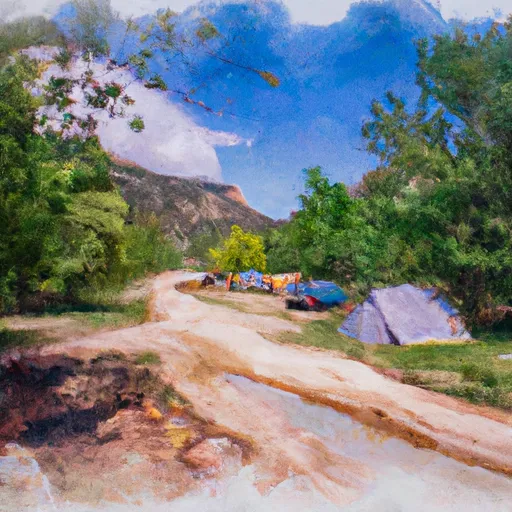 West Chicago Creek Campground
West Chicago Creek Campground
|

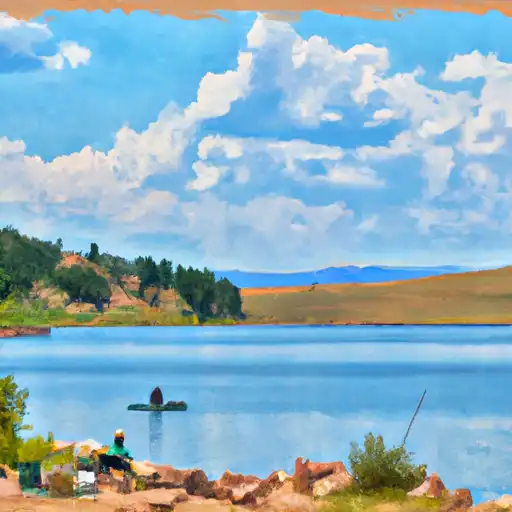 Murray Lake
Murray Lake
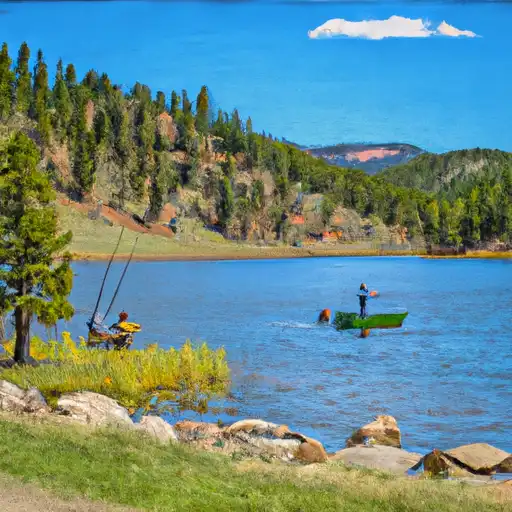 Silver Dollar Lake
Silver Dollar Lake
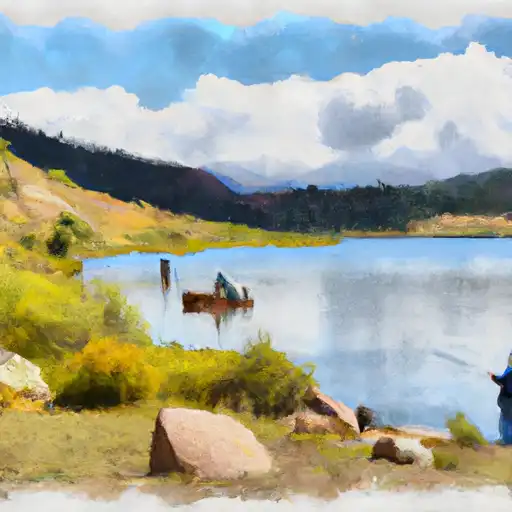 Square Top Lakes
Square Top Lakes
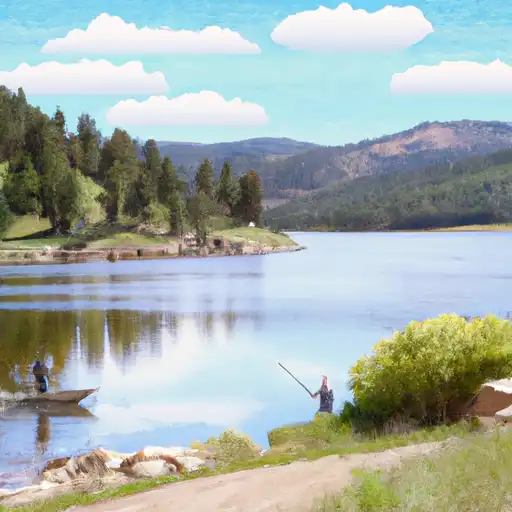 Urad Reservoir - Upper
Urad Reservoir - Upper
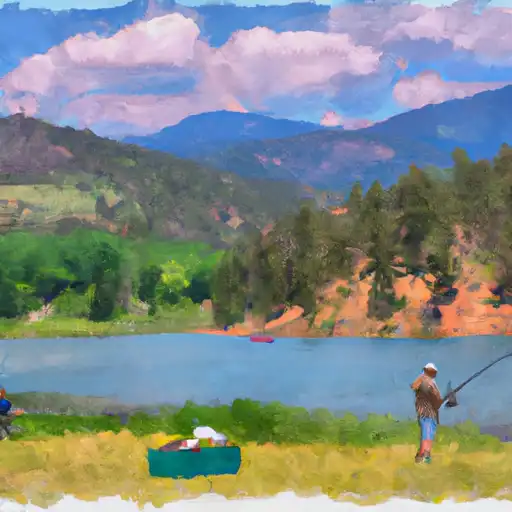 Hassell Lake
Hassell Lake